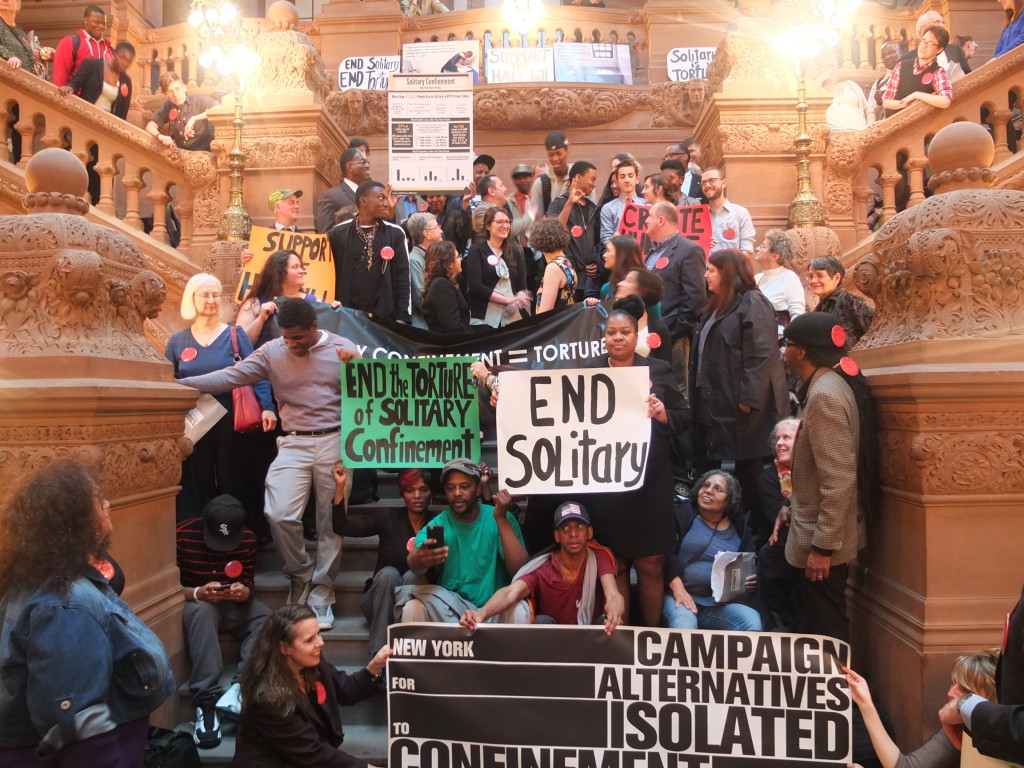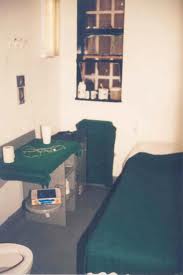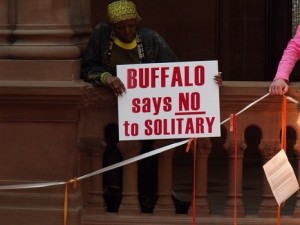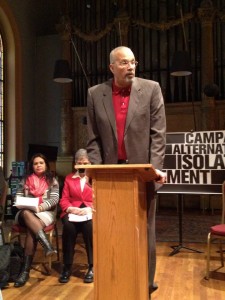On January 27, the New York Campaign for Alternatives to Isolated Confinement issued the following statement on President Obama’s executive actions to restrict solitary confinement.
President Obama has joined the growing chorus of community leaders, incarcerated individuals and their families, medical professionals, scientists, legal scholars, advocates for human rights, and everyday people in calling solitary confinement what it is – ‘an affront to our shared humanity.’ The President’s words should signal to governors, mayors, corrections officials and legislators throughout the country that it’s time to adhere to the Mandela Rules recently adopted by the United Nations and bring an end to the torture of solitary confinement in the United States.
The Executive Orders issued by the President limiting solitary confinement in Federal Prisons is a first step. Ending solitary confinement for young people and expanding treatment for people suffering from mental illness are important, but do not go nearly far enough. Solitary confinement is torture for all people and should be abolished. It is a known harmful and failed approach to discipline that resurged in this era of Mass Incarceration. It has failed to achieve its purported goals of making jails and prisons safe and instead, as the President noted, it makes us all less safe.
In New York, Legislators have the opportunity to end solitary confinement and replace it with humane and effective alternatives in response to violence and disorder in its prisons. The HALT Solitary Confinement Act (S2659/A4401) is an opportunity for New York to lead the nation into an era of respect for the human rights of all people.
Click here to view that statement as a PDF press release.







Follow the #HALTsolitary Campaign